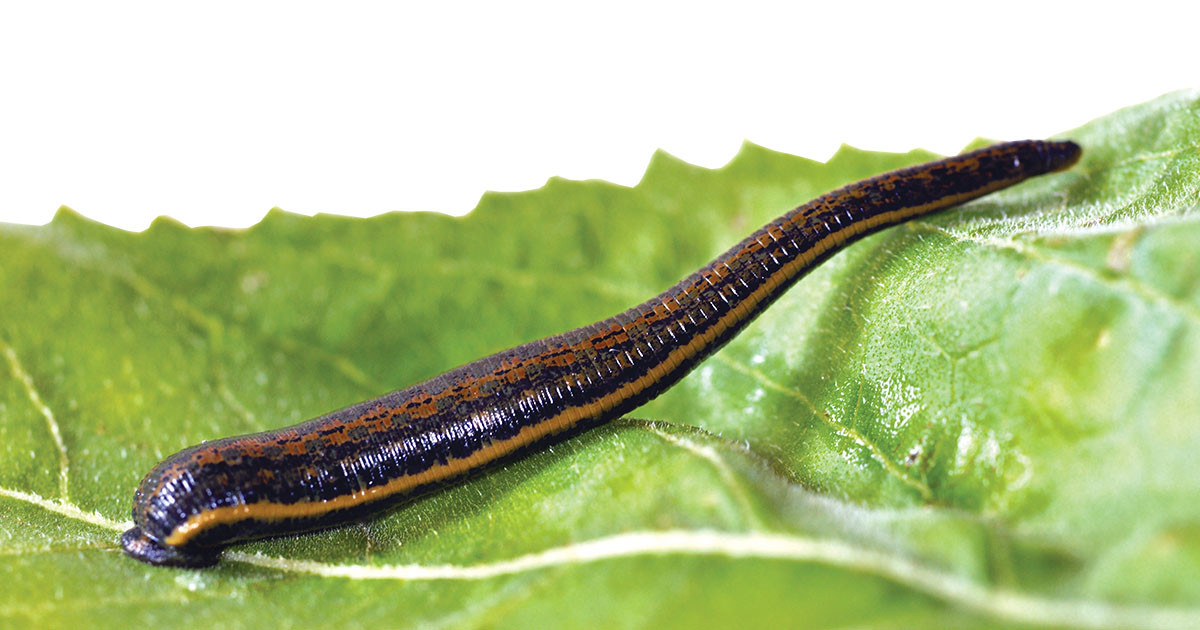By Karlene Brummer
The day after “The Big Storm’ hit, I woke up and decided to walk around my house to survey any potential damage. I grabbed my dressing gown and a pair of thongs and walked the perimeter of my hone. After gratefully noting no major carnage was evident, I went back inside to make myself a coffee (gas cooktop – YAY!) and sat down to check the Ausgrid update.
To my horror I saw something black and squishy on the side of my ankle and realised it was a Leech! Ugh! I had been outside for literally less than 5 minutes and this little bloodsucker had somehow hitchhiked its way onto my foot! Without thinking I grabbed a nearby tissue, placed it on the leech and pulled it off. A tiny spot of blood was beginning to show so I put some disinfectant and a bandaid over the bite site.
Next stop – the shower, where lo and behold I found another TWO on the back of my thighs! After quickly removing them, I flushed down the loo. For the rest of the day I was completely paranoid that I still had some lurking around on my person and so made sure I had a shaker of salt at the ready. I also worried that my cats might pick up some, but luckily, as it was still raining, they decided to stay put indoors.
Australia has over 70 species of leeches and is one of only two places in the world where they live on land, usually in wet or moist environments, bush or rainforests. I encountered my fair share of leeches during my time living at Spencer by the Hawkesbury River, but since moving to Arcadia this has been a rare occurrence.

Leeches contain a component (hirudin) in their saliva which prevents blood from clotting and allows them to have their fill before dropping off. This anticoagulant can cause a wound to bleed slightly after the leech has been detached.
PREVENTION
When walking in leech- loving conditions, it’s best to wear long pants & shirts and closed foot wear. Tropical strength insect repellents can be applied to both clothing and bare patches of skin.
REMOVAL
Leeches, unlike ticks, do not burrow into the skin nor will they leave a poisonous head in the wound. Despite this, many myths and old wives’ tales abound about removing leeches. The simplest way is with salt: sprinkle onto the leech and most will quickly drop off. Tea tree oil, vinegar or alcohol dabbed onto the body are also effective alternatives.
If however, you do not immediately find the little sucker, it will eventually drop off of its own accord when fully engorged (around 30-40mins). After removal, it might be prudent to clean the wound with some antiseptic and place a band aid or covering to help stop with bleeding.
Some people may have no further ongoing symptoms, but some (myself included) could have a residual itching and swelling of the bite site for a few days afterwards. If you suffer infection or any other issues, it’s best to consult with your GP.








